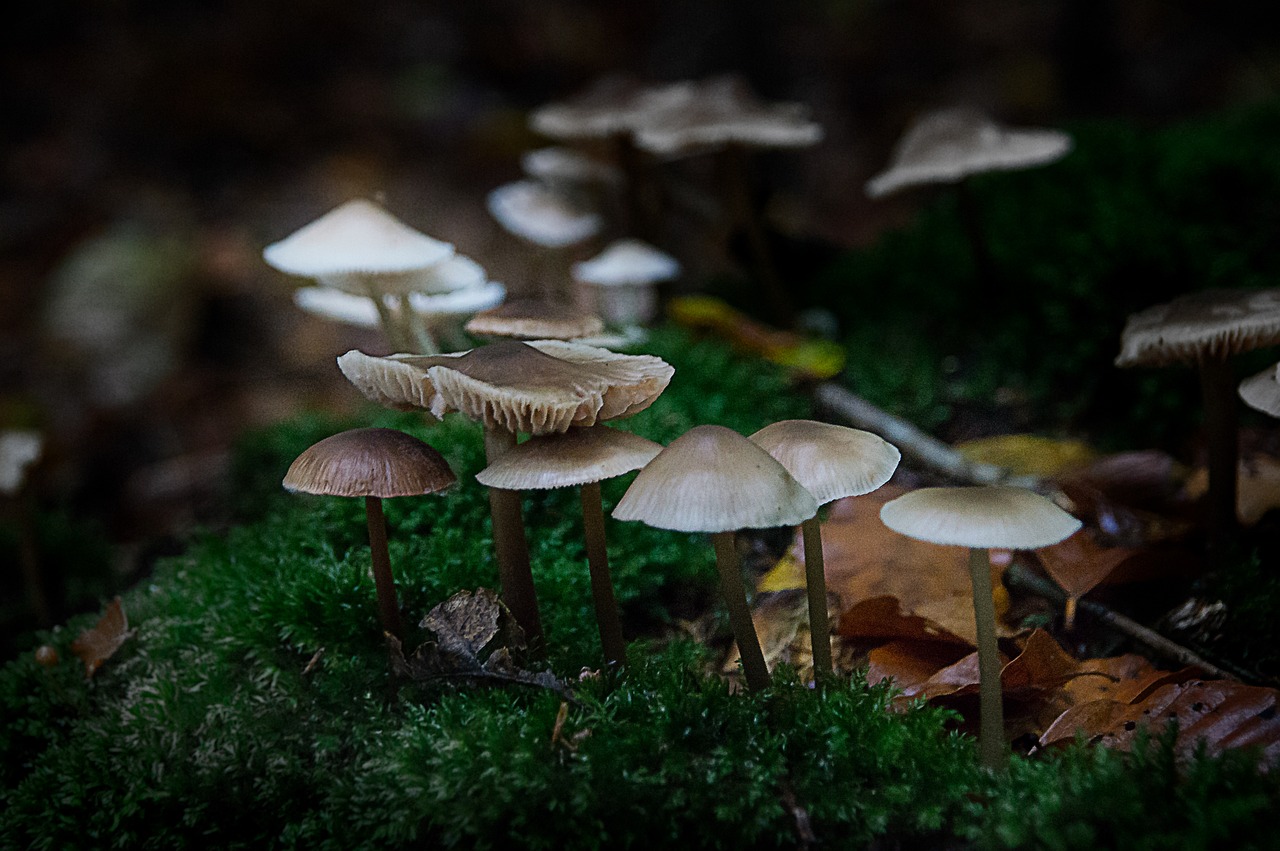If a note is not published, does it really exist? - Erwin Schrödinger*

spores
The phrase “digital garden” is more of an analogy than a descriptive literal. Just as a mushroom garden flourishes from tiny spores into a complex network, a digital garden nurtures small ideas into a rich, interconnected ecosystem of knowledge. Digital gardens are living entities, constantly evolving as they harbor works in progress, nascent ideas, and fleeting thoughts that, over time, grow and intertwine into a robust network of knowledge. Each note in a digital garden starts small. Over time, as the user researches, learns, and grows, they can apply that learning to the note. Through cycles of addition and refinement, these small notes grow into a network of interwoven thoughts and ideas, providing structure and meaning to an otherwise scattered and messy collection of ideas.
grafting
One of the most significant challenges of maintaining a digital garden is integrating it with one’s life in a way that is both seamless and practical. Many attempts have been made throughout history to bridge this gap - consider the commonplace book, a method documented as early as 40 BC by Andronicus of Rhodes in Topics, his compilation of works by Aristotle on the subject of logic. To this day, balancing convenience with functionality remains a struggle. One of my favorite ways of integrating my knowledge base into my life is interstitial journaling. In essence, the idea is to write one’s thoughts whenever one has them, along with a timestamp. Then, later, when one has the time and energy, they can expound more on their earlier thoughts. Using this method helps me keep everything organized (one page for every day, organized chronologically) while still being easy to use and navigate.
mycelium
Thus far, if one has been following along with the methods described in this page, one will end up with a messy pile of unrelated notes. Without structure, a collection of notes can resemble a chaotic tangle. Structure can be imposed upon the notes via categorization, but that is work-intensive and can eventually grow to beyond what one can reasonably manage (one could call this the brute force method). A more elegant way of generating structure in one’s knowledge is to connect ideas together. By finding the common themes in one’s notes, their collection can morph from a disorganized mess into an elegant, navigable system. One method of keeping track of linkages between ideas and topics is Zettelkasten, a personal knowledge management system pioneered by Conrad Gessner in the 1500s. By creating unique identifiers (think URIs) for each note, they can be succinctly referenced by other notes, indexed, and organized with ease. Linking one’s notes in such a way enables one to see the greater structure to their knowledge - that is, by seeing the common threads that connect our thoughts, we can begin to understand ourselves and our knowledge even better.
superposition
Think back to the quote at the beginning of this article and consider Schrödinger’s cat - an analogy for the state of unshared knowledge. If knowledge remains unseen, does it truly contribute to the world? Sharing through digital gardens not only validates our thoughts but also invites others to expand and evolve them, fostering a collective growth of understanding. I decided to share my knowledge with the world through digital garden, so that others can hopefully learn to grow their own.
read more:
*This is not a real quote. It’s a joke about superposition and note taking.